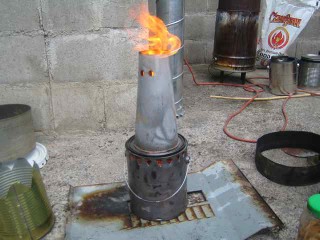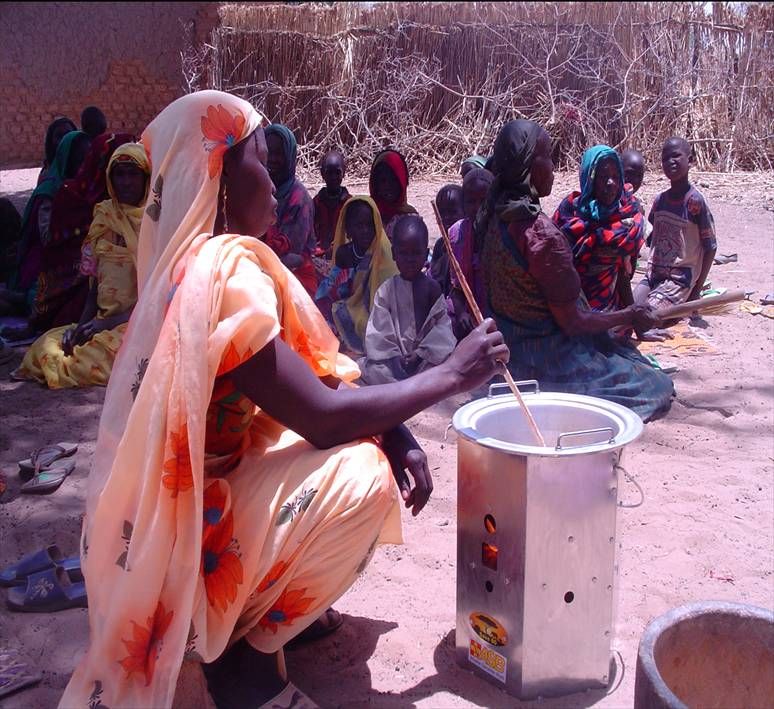Cecil Cook with Technoshare, November, 2011
Baseline Study of the Socio‐economic Patterns of Charcoal, Wood and Stove use in greater Lusaka, Zambia
Some highlights:
- Previous stove improvement projects have failed to properly appreciate the central role played by one and two person tinsmith enterprises that produce and sell ordinary mbaulas at very low prices. The tinsmiths of Lusaka constitute a well distributed network of producers and sellers of ordinary mbaulas fabricated from scrap sheet metal who conveniently service all the major markets and townships of the city.
- In addition to underestimating the multiple competitive advantages of a well distributed network of tinsmiths who fabricate and directly sell a charcoal stove that everybody knows how to operate, previous stove improvement projects failed to appreciate just how poor the bottom 2/3rds of the Lusaka economy really is and how little money low income families are able to save from their daily and weekly income for the purchase of a replacement mbaula when the old one finally breaks down. It is the initial retail price of an improved stove, not how much money it will save a household during the course of a month, that determines whether they are willing and able to spend two, three, four or more times the K4 000 to K6 000 for a 20cm ordinary mbaula. The ordinary mbaula is the industry standard. Every household without access to firewood, no matter how poor, has to pay out at least K4 000 once or twice a year to purchase a replacement mbaula.
Cecil did a good job of discovering the buying patterns in households of at least 3 different income levels, and uncovered that the ordinary (less effecient) Mduala stove has great traction among ordinary lower income members of Lusaka Zambia because the stoves work as expected, and they are inexpensively produced by local stove manufacturers.
He has also shared with us some of the highlights of the report in the attached pdfs.


